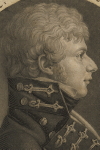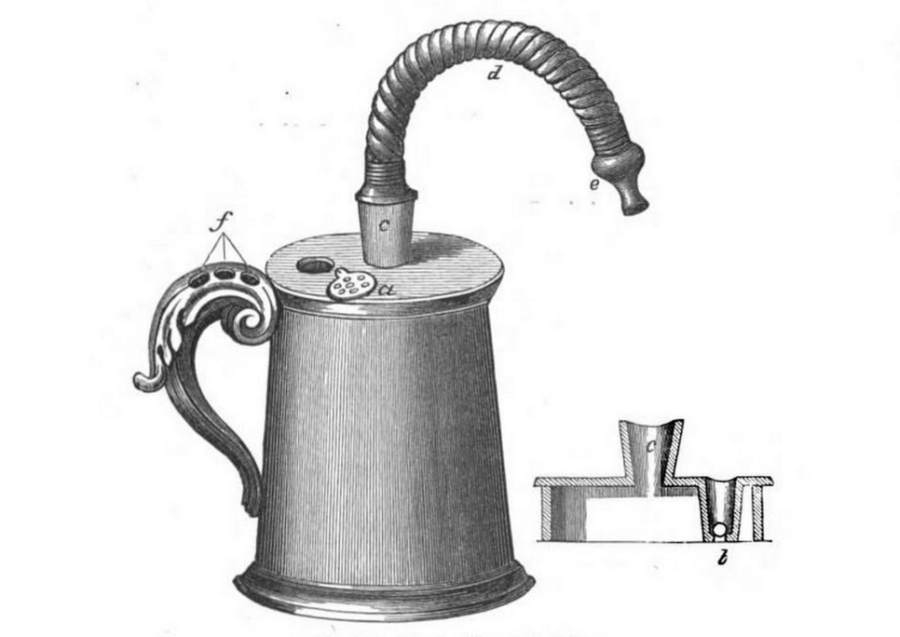 In the early days of Washington D.C., many came to the new capital to make their fortune. Well-known among them were James Greenleaf, Thomas Law, and William Mayne Duncanson, all of whom managed to go broke –or close to it– over the next few years. Only with the arrival of the federal government in 1800 did people start making money – and then usually not in real estate.
In the early days of Washington D.C., many came to the new capital to make their fortune. Well-known among them were James Greenleaf, Thomas Law, and William Mayne Duncanson, all of whom managed to go broke –or close to it– over the next few years. Only with the arrival of the federal government in 1800 did people start making money – and then usually not in real estate.
One of those drawn to the new city in its early years was James S. Stevenson. Born in Pennsylvania, he was in his mid-twenties when he arrived. He bought out the pharmacy of Dr. James Bullus (pic), of the Navy, and soon was advertising his wares in the National Intelligencer. Along with drugs and medicine, he also had, “Surgeons instruments among which are Amputating, Trepanning, Cupping, Dissecting” (Trepanation is a now-discredited surgical procedure where a hole is drilled through a patient’s skull)
Stevenson’s ware went well beyond what one would ordinarily consider the realm of a drug store, selling window glass, paints, gold leaf and something called a “Noyon Cordial.” Stevenson continued expanding his business. Ads that he ran over the next few years indicate that he was selling iron and steel – both German and English variants of the latter – and “Spanish Segars.”

One of the items Stevenson sold at his pharmacy: A Mudge Inhaler, which allowed the sufferer to breath in hot, medicated steam. (Google books)
One interesting sidelight is that in an 1807 ad, he mentions that he would take tobacco in payment. Around this time, Stevenson branched out into politics, being elected to the D.C. Council, and he continued to be elected as a councilmember and later an alderman until 1812. He was also a director of the Bank of Washington, as well as a stockholder in the “Commercial Company”
Nonetheless, this was all not enough for Stevenson. He eventually sold out his holdings and moved back to Pennsylvania. Pittsburgh was booming at the time, as manufactured goods from Britain were no longer entering the US. Stevenson opened a white lead factory (White lead is a lead carbonate used in making white paint) and rapidly expanded from there, being elected to the first Common Council of Pittsburgh in 1816. In 1819, he became a director of the Branch of the United States Bank in Pittsburgh, and even – for one month – the President.
His political career continued to flourish, and he was elected to the Pennsylvania House of Representatives in 1822. Then, in 1825, he returned to Washington as a member of the US House of Representatives. He was re-elected two years later but this seems to have been the pinnacle for him. Just before the 1828 election, he sued the Pittsburgh Gazette for libel. He lost the election, and then had the suit drag on for two years before being dismissed –with Stevenson bearing the costs. Stevenson died the following year.
